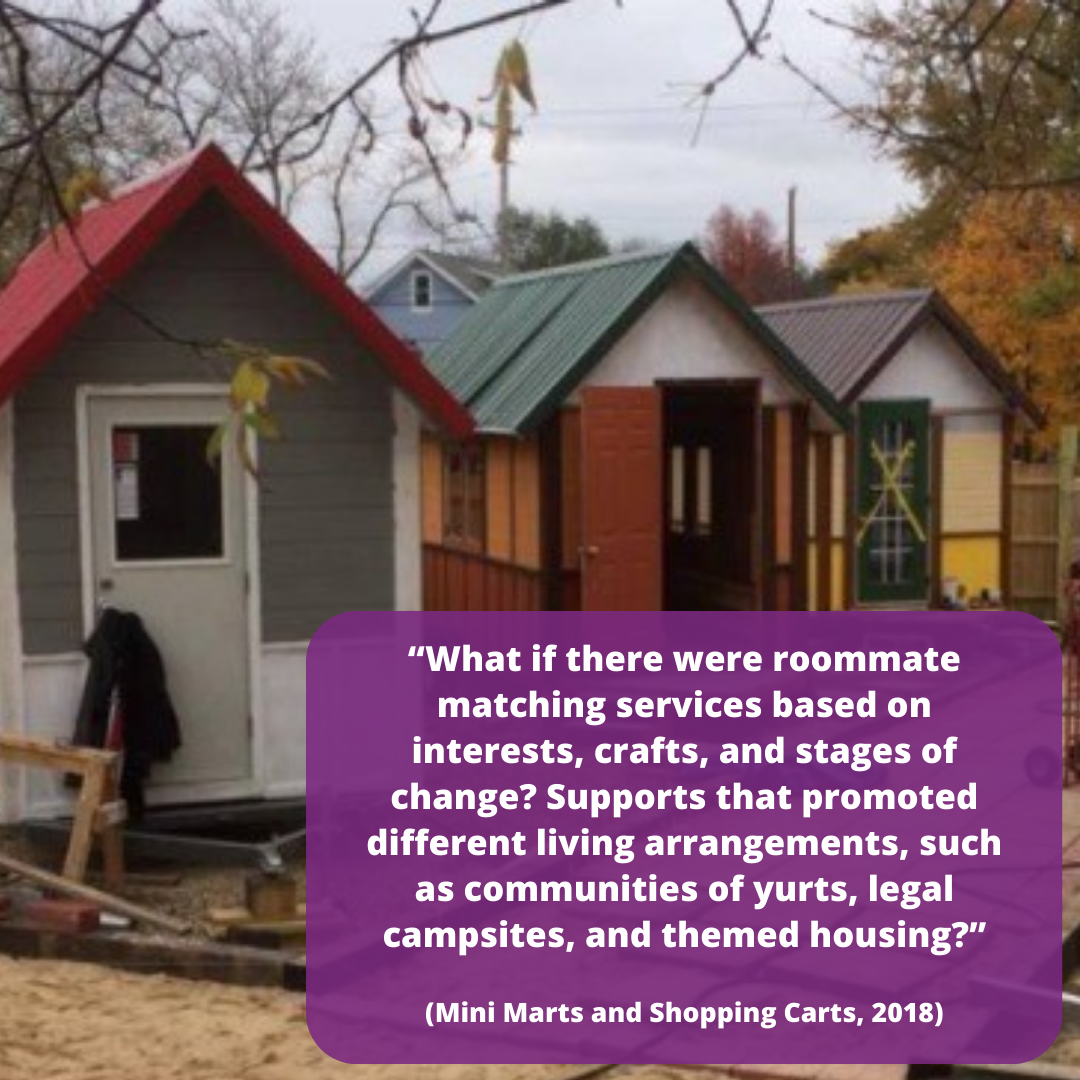Encampment Response: Where to Now?
Ahead of Monday’s discussion on the City’s Affordable Housing Strategy and the Special City Council meeting on declaring a State of Emergency on the Housing and Houselessness crisis, I want to draw attention to what we already know, from the City’s own repertoire of research and data, about houselessness. These stories mirror the ones that you are seeing in mainstream media right now about the experiences of those who are houseless, with reporting providing a window into people’s world about why they are choosing camps over shelters, or even sometimes, permanent housing. They are a reminder of why lived experience voices need to be absolutely front and centre in any discussions that impact people’s lives.
Between 2018-2020, I was a project manager with the Recover initiative at the City, which surfaced 59 stories and profiles of people living rough. They portrayed people with wide-ranging motivations, lived experiences, and aspirations for how to move beyond their current situation, with connection as the fundamental outcome.
In 2022, the same group of researchers presented ethnographic research for the Affordable Housing Needs Assessment, alongside other qualitative interviews and quantitative analysis. The ethnography included another couple dozen stories and profiles, with experiences that were equally diverse. Many of these folks came to City Council to speak directly with decision-makers. The research also provided ideas to overcome the challenges that were unique to each person’s journey, some within the City’s control, others needing our partners’ help (including the Provincial Government). Some like micro-shelters, seemed so far out in 2018 that it was hard to see how they could become a reality back then, or maybe, they were just ahead of their time.
Imagine what could have happened if we said yes to ideas like micro-shelters or pop-up Tiny Home villages back then? Imagine what we could have learned about, when it comes to what to do and what not to do. Would we be in the same situation today?
We have learned time and again that the houseless population is not a monolith where everyone has the same, singular experience. This is intuitive. Yet, we look to solutions that treat people as a monolith. We need to take into account that perhaps different segments of this population require different solutions, even if shelters and institutionalized care may be appropriate for some. Perhaps what some of them need is to be given the space, whether that’s outdoor sheltering on public land (City is exploring Indigenous-led transitional spaces) or pop-up tiny homes, so they can work on themselves and seek better opportunities. This is what I believe being human-centered means, not just being compassionate. Empathy is a given.
It’s also hard to arrive at a space for creative solution-making when there are polar opposite worldviews fundamentally when it comes to the encampment issue. When one perspective of a humane, dignifying approach is to make sure no one stays outside in this temperature and that everyone is redirected somewhere indoors and warm; while the other perspective believes the humane, dignifying approach in this weather is to leave people at peace in the home they have created for themselves. These positions, at this point at least, are irreconcilable and we need a reset.
Intent to declare a state of emergency is a start, and I’d like to see us put everything on the table next week, all while centering the human lived experience.
Read more of the Ethnographic Research:




